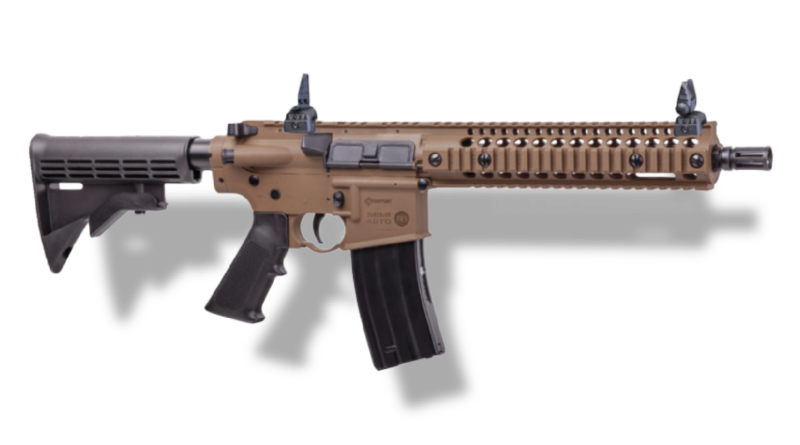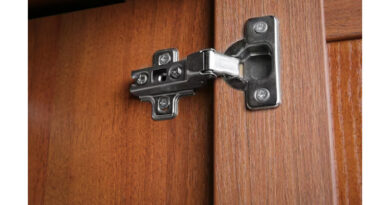Self-Defense Essentials: Are Blank Guns Effective for Personal Protection?
In an unpredictable world, ensuring your safety and that of your loved ones is a top priority. While there are numerous tools and techniques for self-defense, blank guns are gaining popularity as a non-lethal option. But are they effective for personal protection? Let’s delve into the role of blank guns in self-defense and how they compare to other methods.
Understanding Self-Defense
Self-defense encompasses actions and tools used to protect yourself during an imminent threat. While physical techniques like martial arts are invaluable, tools such as pepper spray, tasers, and blank guns add another layer of security.
Why Tools Are Essential:
- They provide distance from an aggressor.
- They can deter attackers before physical contact occurs.
- They are easy to use and accessible.
What Are Blank Guns?
Blank guns are firearms that replicate the look, feel, and sound of a real gun but do not shoot bullets. Instead, they discharge blank cartridges that create a loud noise and muzzle flash, simulating a real gunshot.
Key Features of Blank Guns:
- Non-lethal: Designed to scare off attackers without causing permanent harm.
- Authentic Appearance: Resembles a real firearm, which can act as a visual deterrent.
- Loud Noise: The sound of firing can disorient and intimidate potential threats.
- Legal Flexibility: In many regions, blank guns are easier to own than traditional firearms.
Why Blank Guns Work for Self-Defense
- Visual Deterrence:
The mere sight of a firearm can discourage attackers from advancing. Blank guns mimic real guns, making them an effective intimidation tool. - Auditory Shock:
The loud noise of a blank gunshot can startle and disorient aggressors, giving you time to escape or seek help. - Legal Accessibility:
Since blank guns do not shoot live ammunition, they are often more accessible in regions with strict gun control laws.
Limitations of Blank Guns for Self-Defense
While blank guns have their advantages, it’s important to understand their limitations:
- No Physical Impact: Blank guns cannot incapacitate an attacker, so they may not stop a determined threat.
- Close-Range Risks: Discharging a blank gun too close can cause minor injuries from the muzzle blast.
- Limited Situational Use: They are most effective as a deterrent rather than a defensive weapon in prolonged confrontations.
Blank Guns vs. Other Self-Defense Tools
| Tool | Pros | Cons |
| Blank Guns | Non-lethal, realistic, loud noise deterrent | No physical stopping power |
| Pepper Spray | Compact, effective at close range | Limited range, affected by wind |
| Tasers | Immobilizes attackers temporarily | Requires accuracy, limited range |
| Real Firearms | High stopping power | Requires training, legal restrictions |
| Personal Alarms | Alerts others, simple to use | Does not deter determined attackers |
Tips for Using Blank Guns Safely
- Practice Regularly: Get familiar with handling and firing a blank gun for confident use during emergencies.
- Know the Laws: Ensure that owning and carrying a blank gun is legal in your region.
- Pair with Other Tools: Combine blank guns with tools like pepper spray or self-defense alarms for a comprehensive approach.
- Be Responsible: Always treat a blank gun as if it were real to prevent accidental misuse or harm.
Conclusion
Blank guns for self defense are a practical, non-lethal option for self-defense, offering a realistic and effective way to deter potential threats. While they may not replace the need for other tools or training, they can be a valuable addition to your personal safety arsenal.




